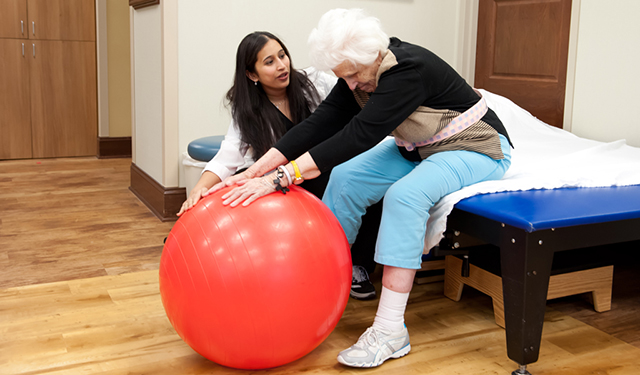Effective Approaches for Reducing Dyspnea in Physiotherapeutic Therapy Appointments
Dyspnea, or trouble breathing, is a common issue that many people face, especially those with chronic lung diseases, heart problems, or other medical conditions. In rehabilitation therapy appointments, addressing breathing difficulties is crucial for helping clients enhance their overall standard of life. By utilizing specific methods and approaches, physical therapists can assist patients in managing their respiratory difficulties. Grasping these efficient methods can enable both therapists and patients to collaborate together more effectively in overcoming challenges related to dyspnea.One of the primary techniques used to reduce dyspnea in physical therapy is the practice of controlled breathing exercises. These exercises often focus on diaphragmatic breathing, which promotes patients to use their breathing muscle rather than their upper thoracic muscles when inhaling. This method helps to maximize lung volume and effectiveness. Additionally, pursed lip breathing is another technique that can be beneficial. This technique involves breathing in through the nose and exhaling slowly through pursed lips, which can help to keep airways open longer and make breathing feel more manageable. By incorporating these exercises into therapy appointments, physical therapists can provide patients with strategies to control their dyspnea both during and beyond of their appointments.
Another important element of managing dyspnea in physical therapy is the development of an personalized exercise program. Tailoring exercises to satisfy the individual needs and abilities of each patient is essential. Therapists should slowly introduce aerobic exercises, such as ambulating or cycling, in a structured manner, allowing patients to build their endurance over a period. This incremental method helps patients to feel more comfortable with fitness activity while at the same time improving their lung function and overall stamina. It is important for therapists to observe patients closely during these exercises to make sure they are not overworking themselves, which could result to increased difficulty of breath.
Education also plays a significant role in reducing breathing difficulties during physical therapy appointments. Providing patients with information about their condition and the factors behind dyspnea can empower them to take charge of their health. Therapists can describe how factors like anxiety, posture, and surrounding conditions can influence breathing. By understanding these ideas, patients can learn to control their issues more effectively. Techniques such as anxiety reduction methods and proper body posture can further assist in reducing the impact of dyspnea during routine activities and therapy sessions.
In conclusion, successfully reducing dyspnea in physical therapy appointments involves a mix of breathing exercises, personalized exercise regimens, and patient teaching. By implementing these effective methods, physical therapists can help patients control their respiratory difficulties and improve their overall well-being. Collaboration between therapists and patients is essential to create customized interventions that address individual needs. With the appropriate support and methods, patients can find relief from importance of physical therapy in healthcare dyspnea and engage more fully in their physical therapy process, ultimately leading to a better standard of life.
